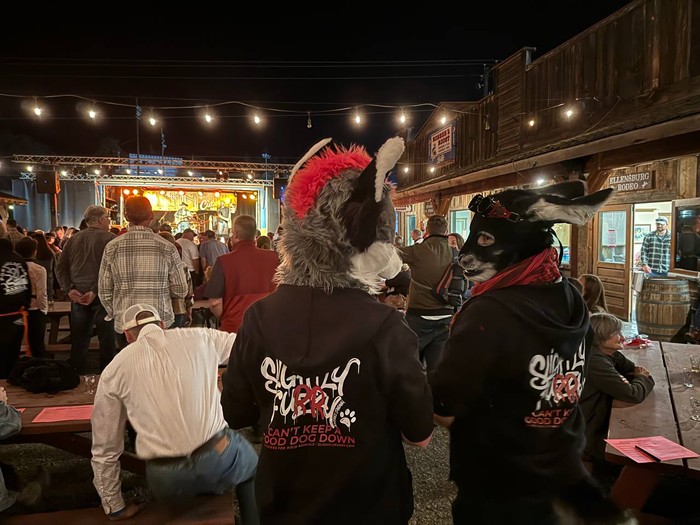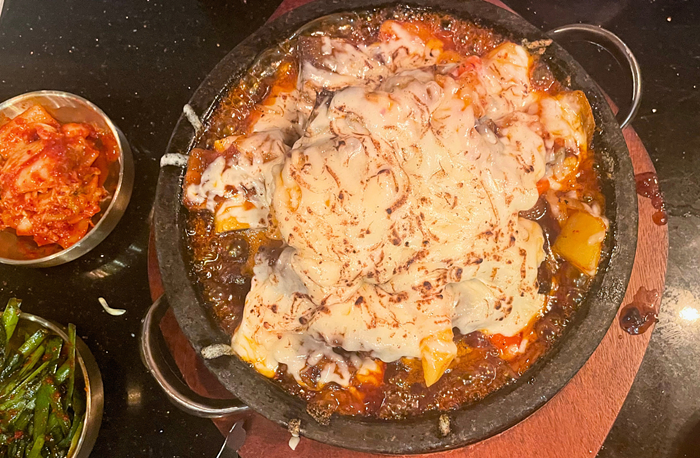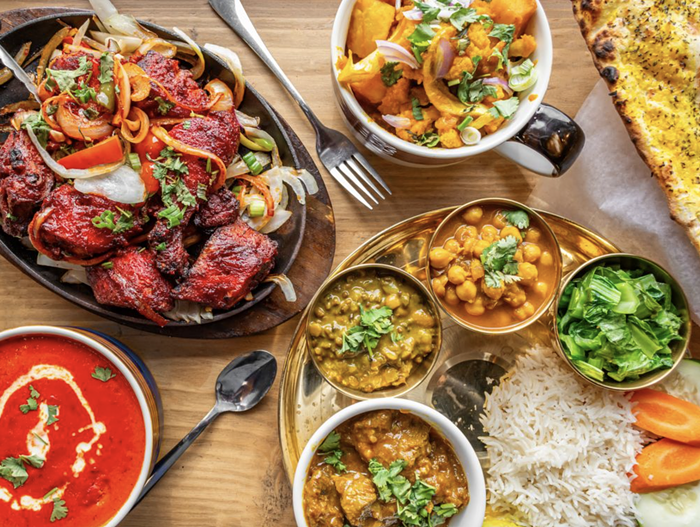Seattle is in the midst of a restaurant boom. In the last 10 years, the number of full-service restaurants has grown by 27 percent. There are now approximately 5,400 fast-food, casual, and full-service eateries in the city, employing more than 86,000 workers.
But not all workers are benefiting from this growth. Despite the passage of laws for paid sick leave and a higher minimum wage, Seattle restaurant workers still struggle to make ends meet, and many don't know their rights: 42.7 percent live below the poverty line, while 62.6 percent aren't aware that paid sick and safe time exists.
That's according to a new report, "Behind the Kitchen Door: The Highs and Lows of Seattle's Booming Restaurant Economy," published last week by Restaurant Opportunities Center United (ROC), a national advocacy organization for restaurant workers. The report is the first comprehensive look at workplace issues in Seattle restaurants.
Seattle has "done great things for workers," says Saru Jayaraman, ROC's executive director. "That being said, there are tremendous challenges."
The biggest problems found—and what will surely be the next wave of conversations about restaurant work—are the severe inequities faced by people of color, who make up just over half of the city's 86,000 restaurant workers. Those within the industry are acutely aware that race and gender inequality is rampant, but it's never been quantified explicitly and shared publicly—until now.
"The best-paid positions in the restaurant industry—fine dining servers and bartenders—in the Seattle-area are... the most difficult to access for workers of color," the report states. White workers hold 67.2 percent of those positions in Seattle, compared to 32.8 percent of workers of color.
ROC also found that among all Seattle restaurant employees, there is a $2 wage disparity between white workers and their nonwhite counterparts. And while restaurant wages are higher in Seattle than in other cities, race and gender inequity is also greater here. Among front-of-house workers, the disparity in earnings between white males and people of color (regardless of gender) is nearly $5 per hour—$16.21 per hour versus $11.62. That's one dollar more than the national average.
The report came out of interviews and more than 524 surveys ROC conducted over the last three years. ROC has issued similar reports in 15 other US cities.
Problems of inadequate wages and benefits "have very clear policy solutions," says Jayaraman. But race and gender disparities are "much more complicated." And, according to Jayaraman, racial inequities are greater than gender inequities. She adds that, for the last eight years, ROC has been trying to understand how these disparities persist and what policies can address them.
"We want to see people of color in the higher levels of the industry," says Jayaraman. "You have people of color in the back of the house, but not working as servers. What kind of incentives and requirements can we come up with to change that?"
ROC is hoping consumers can help shift the conversation. They are developing an app that would allow diners to take a quick count of the people of color they see working as servers in a restaurant, which would then generate a message that they could share publicly via Twitter or Yelp. "We think there are a lot of tools that we can provide consumers to show that they value diversity among servers," says Jayaraman.
Some Seattle restaurateurs are engaging in the conversation. "We already have a diverse staff and would love to have more," says Joey Burgess, a partner in Guild Seattle, which owns Lost Lake Cafe and Lounge, Comet Tavern, and Grim's Provisions & Spirits, and manages operations for Big Mario's Pizza. He added that five out of the seven people who are in the highest paid, highest positions of management at their businesses are women, though he wasn't able to offer the same sort of data about race.
Burgess and his partners, Dave Meinert and Jason Lajeunesse, are what ROC classifies as "high-road employers"—business owners who use "practices that involve investing in workers by paying livable wages, providing comprehensive benefits, opportunities for career advancement, and safe workplace conditions as means to maximize productivity." Low-road practices "involve chronic understaffing, failing to provide benefits, pushing workers to cut corners, and violating labor, employment, and health and safety standards."
It's worth noting that the "low road" is, to be honest, the industry standard. The restaurant industry has been built on low wages and lack of benefits. Seattle is leading the country when it comes to better pay and benefits, and now we have an opportunity to lead the conversation on racial equity.
Diners played an important role in pushing the industry forward on minimum wage. Popular support for higher wages was essential to the passage of $15.
Diners could use ROC's app or, as Jayaraman suggests, simply tell restaurant owners that they'd like to see more servers and bartenders of color.
Are Seattle diners ready to take such steps? As I learned last month when I interviewed Lisa Mei Yook Woo of the Foodways Project—whose map, "Our 30+ Favorite Seattle Eateries Owned/Operated by People of Color," found a much wider audience than she had anticipated—there's a growing number of consumers who are.
Having more people of color in front-of-house and management positions could not only change the lives of workers but also improve the experience for diners. As Burgess says, "A better array of people better represents our customer base." ![]()



















